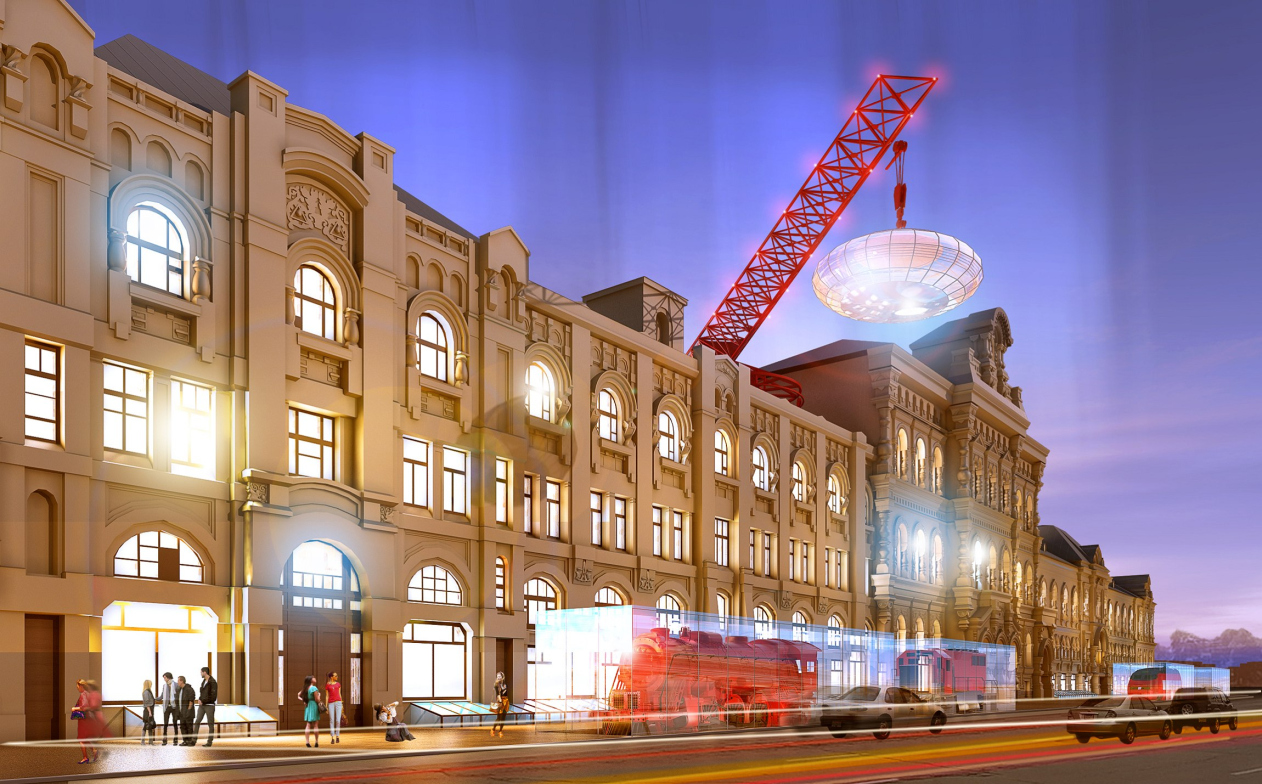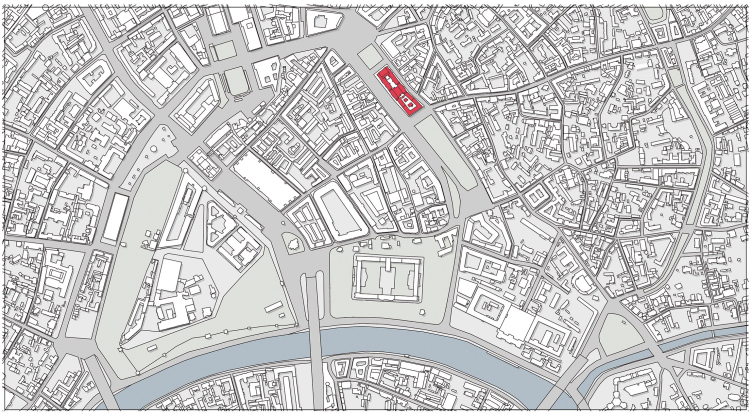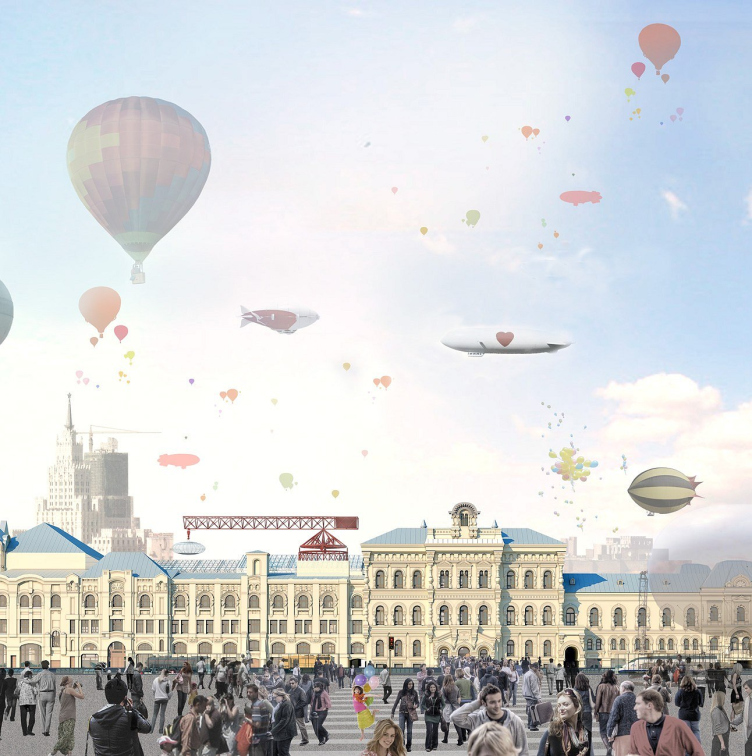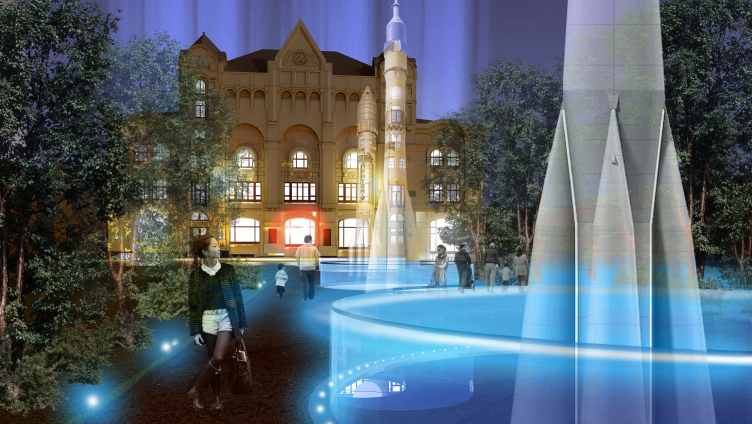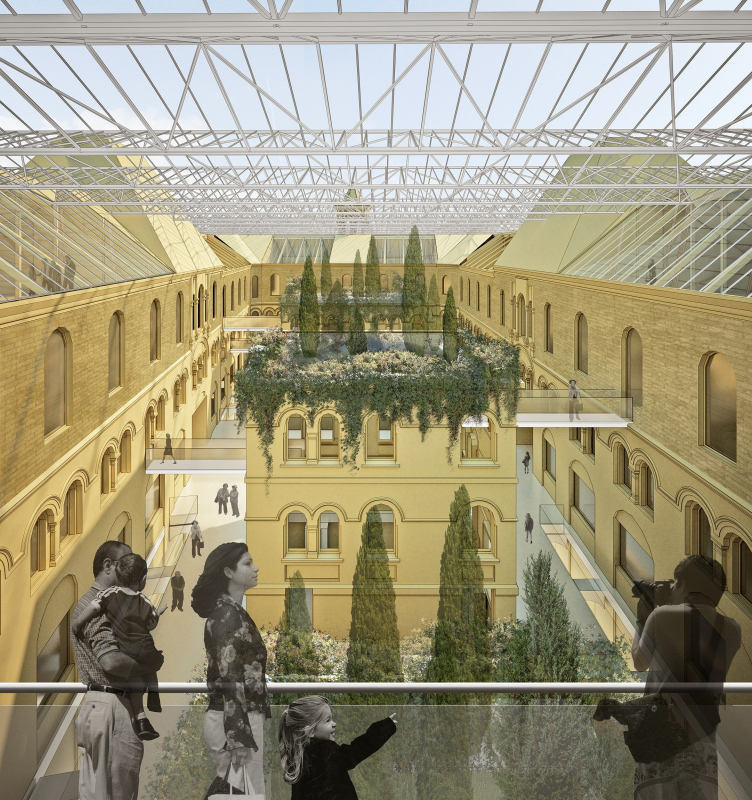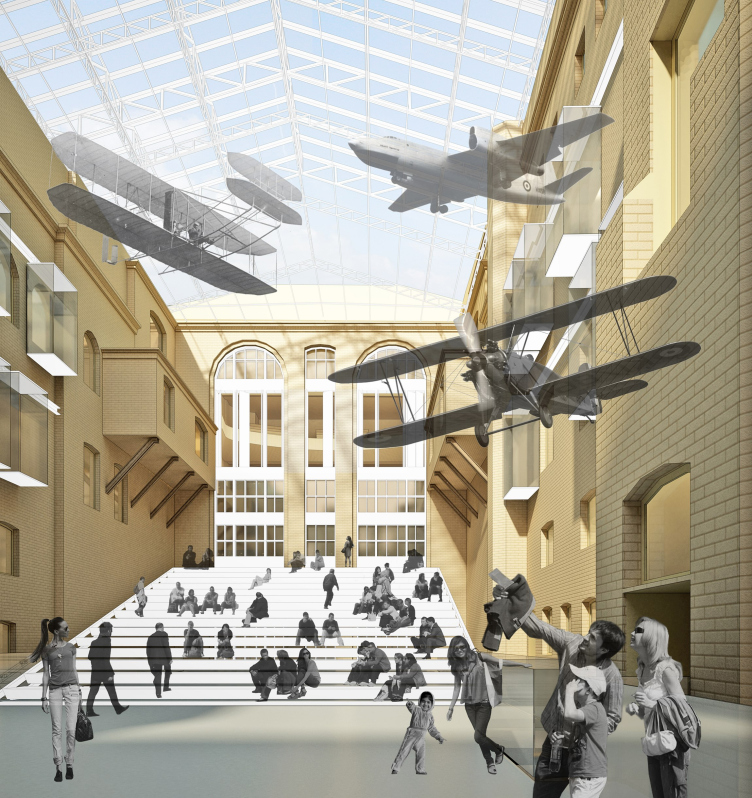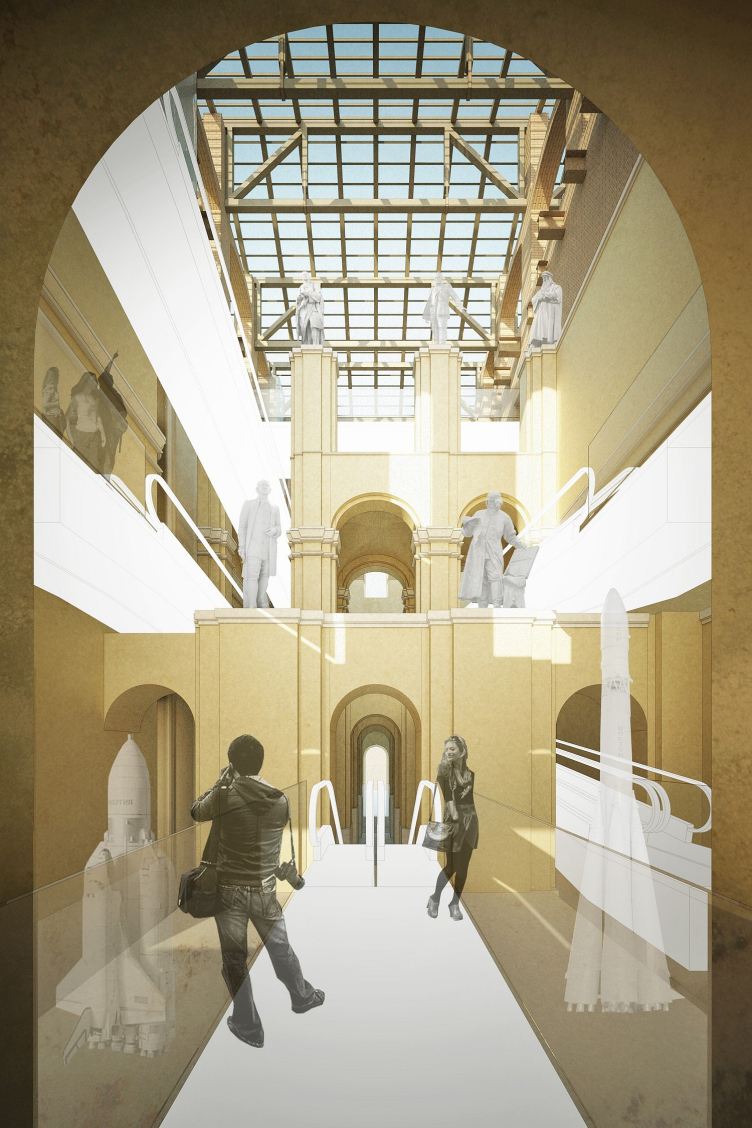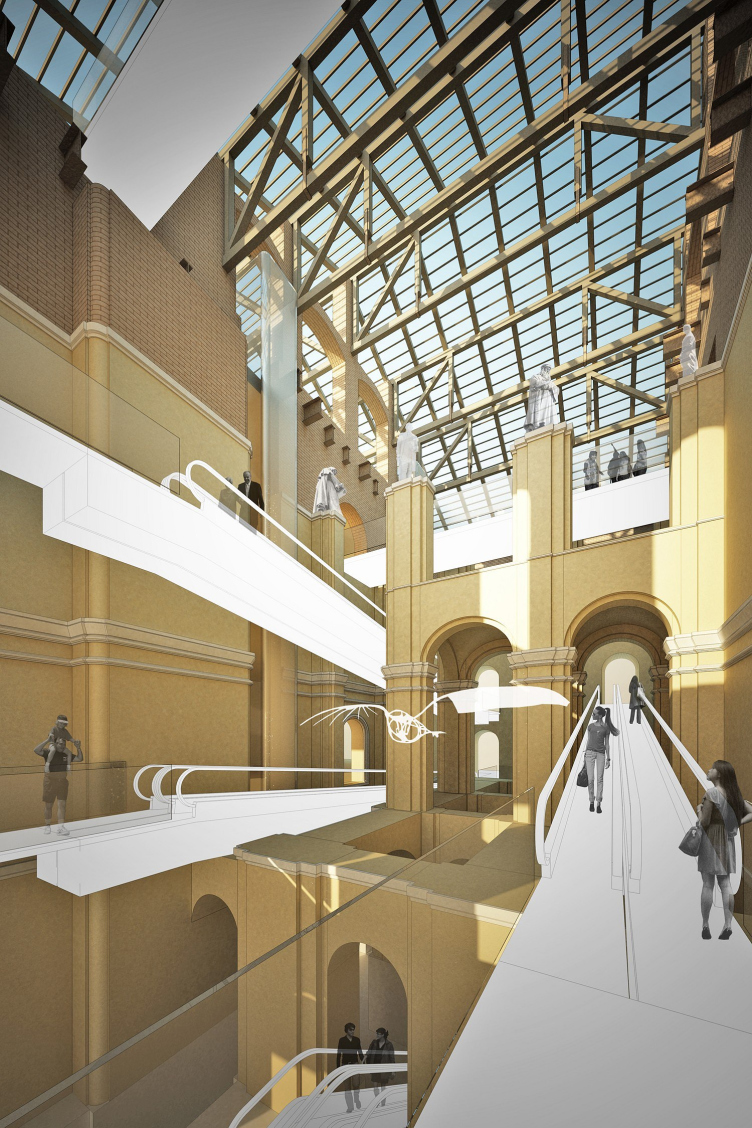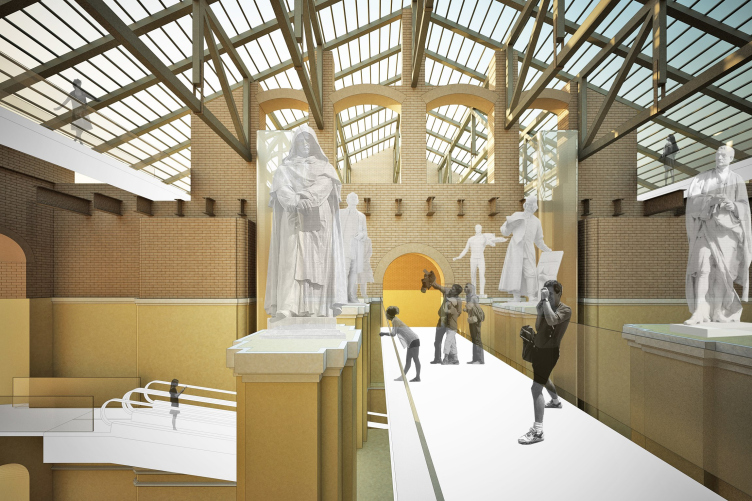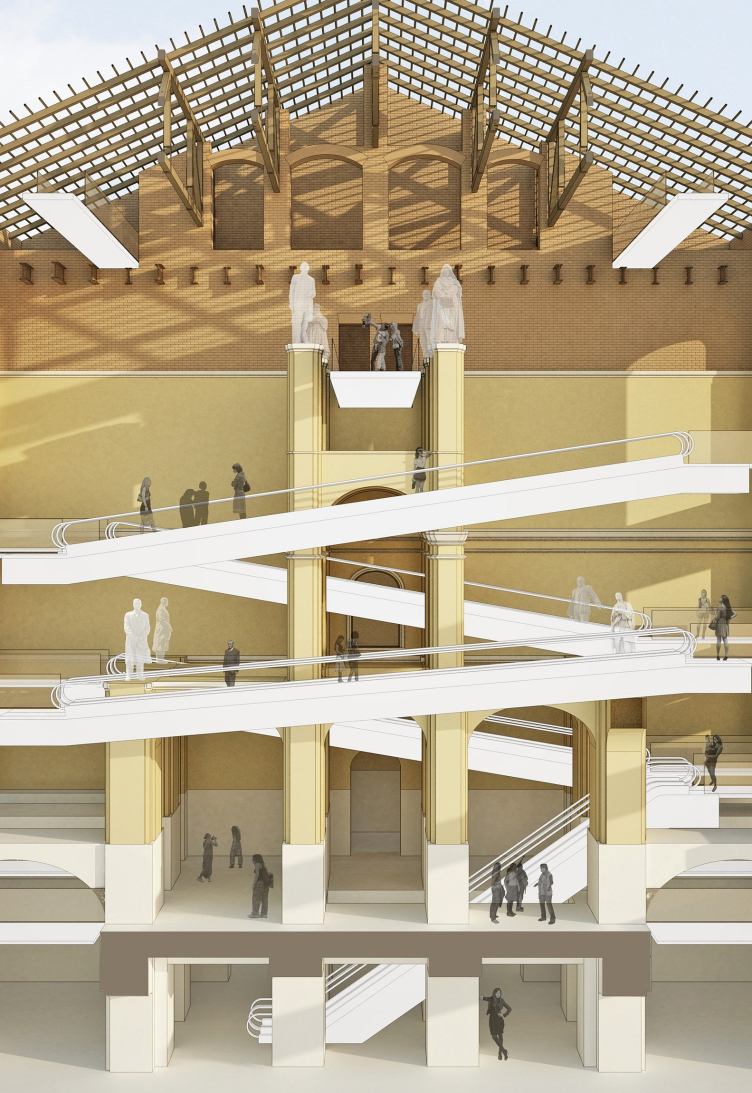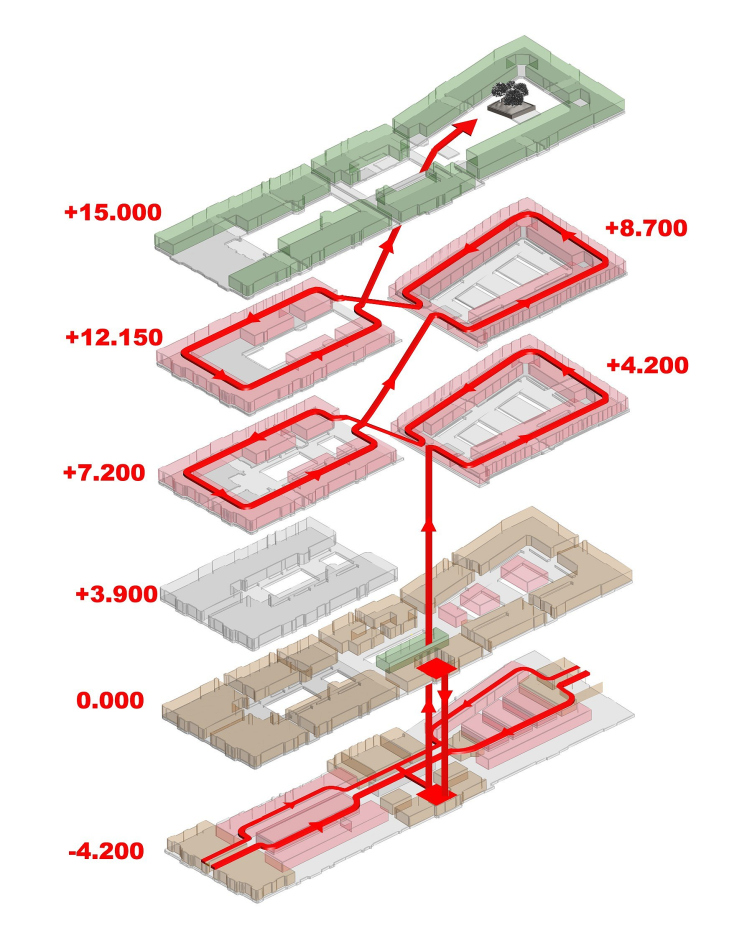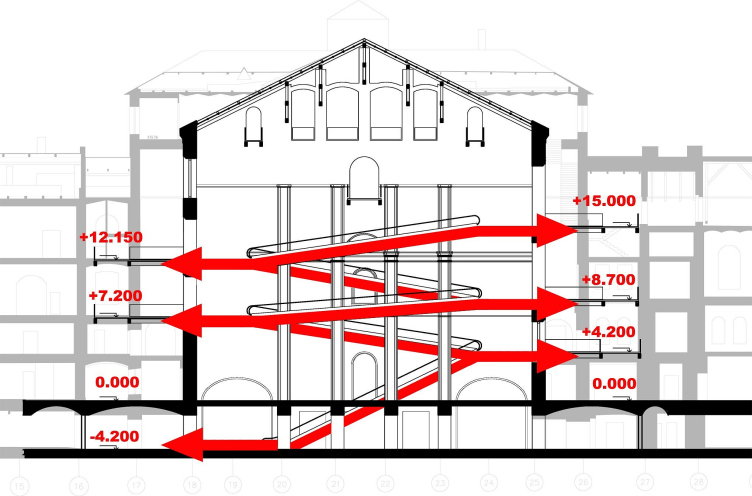По-русски Innovation Mechanism
The list of the participants of the competitive bid for the best renovation project of Moscow Polytechnic Museum included, among others, the architectural workshop named “Studio 44”. And, in spite of the fact that the project of Nikita Yavein’s team did not win the contest, the experts gave it an honorable mention for the detailed approach and attempts to deal with the most challenging issues of the building located at Lubyanskaya Square.

Written by:
Anna Martovitskaya
Translated by:
Anton Mizonov
